The iPhone 15, Apple’s latest marvel in its iPhone lineup, has garnered attention not just for its enhanced performance or camera capabilities but also for a significant shift in its design – the introduction of the USB-C port. This isn’t merely a change in the charging connector; it also makes your iPhone 15 battery a transformative feature.
Beyond the rapid data transfers and faster charging times that USB-C is renowned for, the iPhone 15 harnesses this port to offer a unique capability: the ability to charge other devices. This positions the iPhone 15 not just as a communication tool but also as a potential lifeline for your other gadgets when they run low on power.
iPhone 15 Pro Max Battery Specifications
| Specification | iPhone 13 Pro Max | iPhone 14 Pro Max | iPhone 15 Pro Max |
|---|---|---|---|
| Battery Capacity | 4,352 mAh | 4,323 mAh | 4,422 mAh |
| Charging Port | Lightning | Lightning | USB-C |
| Wired Charging Speed | 20W | 20W | 20W |
| Wireless Charging | 15W (MagSafe) | 15W (MagSafe) | 15W (MagSafe) |
| Battery Life (Video Playback) | Up to 23 hours | Up to 23 hours | Up to 29 hours |
- The iPhone 15 Pro Max battery, while slightly larger in capacity than the iPhone 14 Pro Max, offers noticeable improvements in specific tasks like gaming. However, for regular web tasks, both phones perform similarly.
- The switch to a USB-C port in the iPhone 15 Pro Max is significant, offering potential for faster data transfer speeds and compatibility with a wider range of accessories.
- While the iPhone 14 Pro Max and iPhone 15 Pro Max have similar wired charging speeds, the real-world battery life can vary based on individual usage patterns and settings.
The Shift to USB-C: iPhone 15 Battery Takes the Lead
For years, Apple’s iPhones have been synonymous with the proprietary Lightning port. This small, reversible connector became a staple, starting with the iPhone 5 and continuing through the iPhone 8 and subsequent models. However, with the iPhone 15 battery and charging advancements, Apple made a bold move. The company transitioned from the Lightning port to the more universal USB-C port, marking a significant shift in its design philosophy.
Benefits of USB-C Over Lightning
The introduction of the USB-C port in the iPhone 15 battery charging system wasn’t just a mere change; it brought along a slew of benefits:
- Universal Compatibility: USB-C is becoming the standard for many devices, from laptops to other smartphones. This means users can often use the same charger or cable for multiple devices, reducing clutter and the need for multiple cables.
- Faster Charging: USB-C supports higher power delivery, allowing the iPhone 15 battery to charge faster than previous models with the Lightning port.
- Quicker Data Transfer: Beyond just charging, USB-C offers faster data transfer speeds, making tasks like backing up your iPhone or transferring files much quicker.
- Durability: USB-C connectors are designed to be robust and can withstand more plug-in cycles than the Lightning connector, leading to a longer lifespan.
- Flexibility: With USB-C, the iPhone 15 battery system can now connect to a broader range of accessories and devices without needing an adapter.
Incorporating the USB-C port for the iPhone 15 battery and charging mechanism showcases Apple’s commitment to innovation and staying in line with industry standards, ensuring users get the best and most efficient experience possible.
Devices You Can Charge
In essence, the iPhone 15 isn’t just a smartphone; it’s a versatile charging solution for a myriad of devices, making it a must-have for tech enthusiasts on the go.
Charging Apple Devices
The iPhone 15 battery, with its USB-C feature, isn’t just about powering the phone itself. It opens up a world of possibilities when it comes to charging other devices. Here’s a list of Apple accessories and devices you can charge using the iPhone 15:
- AirPods: Whether it’s the standard AirPods or the new AirPods Pro 2 equipped with USB-C, your iPhone 15 can give them the boost they need.
- Apple Watch: Forget your Apple Watch charger at home? No worries. With the right cable, your iPhone 15 battery can come to the rescue.
- Older iPhones: Even iPhones with Lightning ports, like the iPhone 12 or earlier models, can benefit from the iPhone 15’s charging capabilities. All you need is a USB-C to Lightning cable.
- Another iPhone 15: In a pinch and your friend’s iPhone 15 is running low on juice? You can use your iPhone 15 battery to give theirs a little extra power.
- iPhone 14 and iPhone 13: When you connect an iPhone 14 or iPhone 13 (which both use the Lightning port) to the iPhone 15 (which uses a USB-C port), you’ll need a USB-C to Lightning cable.
Charging Non-Apple Devices
The versatility of the iPhone 15 battery doesn’t stop at Apple products. Here are some non-Apple devices you can charge:
- Android Phones: Many modern Android phones come with USB-C ports. With the right cable, you can share some of your iPhone 15’s battery life with them.
- Other USB-C Compatible Devices: From cameras to portable gaming consoles, if it has a USB-C port, there’s a good chance the iPhone 15 battery can charge it.
How Charging Works
The iPhone 15 battery’s charging capabilities offer a unique and convenient solution for users on the go. While it might not replace traditional chargers, it’s a fantastic backup option for those unexpected moments when you or a friend need a little extra power.
The “Handshake” Mechanism
One of the most intriguing aspects of the iPhone 15 battery’s charging capability is the “handshake” mechanism. But what exactly is this?
- Between Two iPhone 15s: When you connect two iPhone 15 devices using a USB-C cable, they don’t just start transferring power randomly. Instead, they communicate or “handshake” to determine which phone has a lower battery percentage. The device with a higher battery level will then start charging the other, ensuring that power is shared efficiently and intelligently.
- Interaction with Android Devices: The dynamics change slightly when you connect an iPhone 15 to an Android device. Depending on the Android phone’s software and hardware, the iPhone 15 battery might either charge the Android device or draw power from it. It’s essential to note that not all Android devices will support this feature seamlessly.
Charging Speeds and Limitations
The iPhone 15 battery’s ability to charge other devices is undoubtedly groundbreaking, but it’s essential to understand its capabilities and limitations:
- 4.5W Charging Output: When the iPhone 15 charges another device, it does so at a 4.5W output. In non-technical terms, think of this as the “speed” at which it charges. While 4.5W might not sound like much, it’s sufficient for giving devices a quick boost when needed.
- Practical Implications: So, what does a 4.5W charging speed mean for you? For smaller devices like AirPods or the Apple Watch, this speed is more than adequate. However, for larger devices like another iPhone or an Android phone such as Samsung phones, charging might be slower. It’s perfect for emergency situations or a quick top-up, but it might not be the best solution for fully charging a device from 0% to 100%.
What the iPhone 15 Doesn’t Do
While the iPhone 15 brings a plethora of advancements and features, the absence of reverse wireless charging is noticeable, especially when considering the capabilities of some of its Android counterparts. It remains to be seen if Apple will introduce this feature in future iterations, but for now, iPhone 15 users will have to rely on wired methods to charge other devices.
The Missing Piece: Reverse Wireless Charging
One of the most anticipated features that many hoped would debut with the iPhone 15 was reverse wireless charging. This technology allows a device to not only receive power wirelessly but also transmit it to charge other devices. Unfortunately, the iPhone 15 does not offer this capability.
- What This Means: While the iPhone 15 can charge other devices using its USB-C port, it cannot do so wirelessly. This means you can’t place your AirPods or Apple Watch on the back of your iPhone 15 to charge them, a feature that would have added another layer of convenience for users.
How It Stacks Up Against Android
Several Android devices have already incorporated reverse wireless charging, showcasing the potential of this technology:
- Samsung Galaxy Series: Starting with the Galaxy S10, Samsung introduced Wireless PowerShare, allowing users to charge other Qi-compatible devices by placing them on the back of their phone.
- Huawei Mate Series: Huawei’s Mate 20 Pro was one of the first smartphones to introduce this feature, termed “reverse wireless charging.”
- Other Brands: Brands like Xiaomi and Oppo have also integrated this technology into some of their flagship models.
“At Techable.com, we pride ourselves on breathing new life into premium Apple products. Dive into our collection of expertly refurbished iPhones, iMacs, MacBook Pros, MacBooks, MacB,ook Air Mac Pros, and other select devices. Each product undergoes rigorous quality checks to ensure it meets our high standards, ensuring you receive the best of Apple without the premium price tag. And because we stand firmly behind the quality of our products, we offer an industry-leading warranty of up to 3 years on our devices. Still on the fence? Our 30-day return policy ensures peace of mind with every purchase. Choose Techable, where quality meets affordability.”
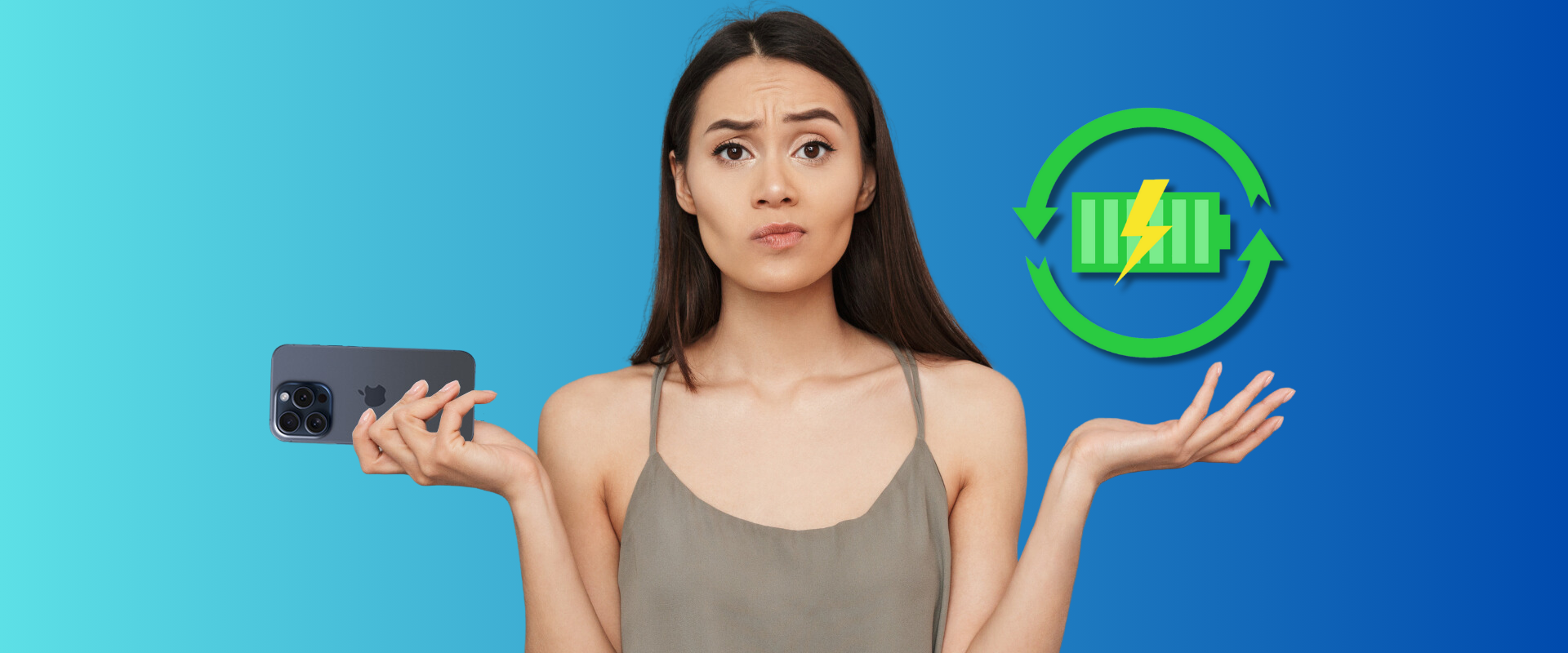



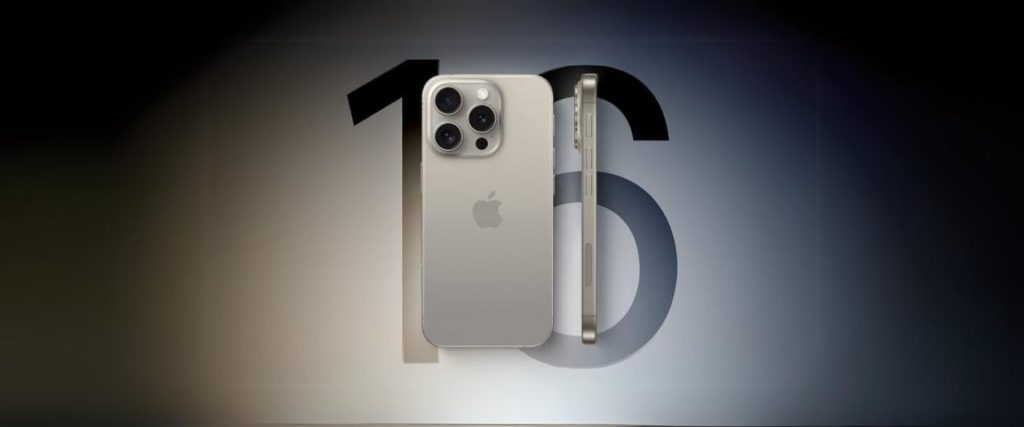
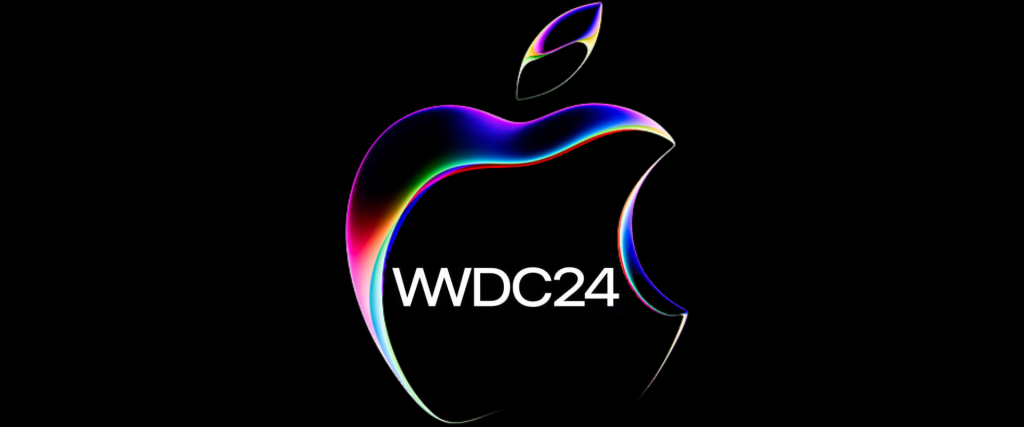
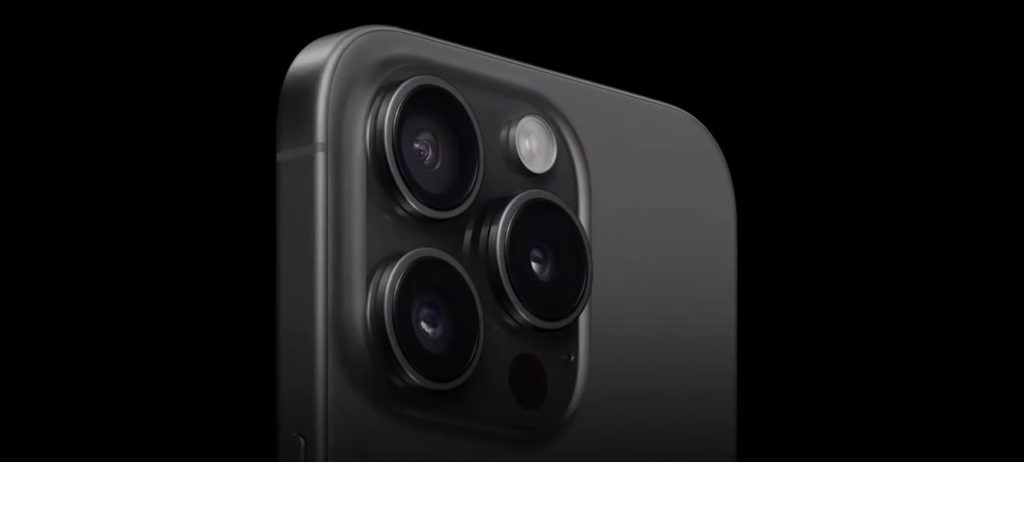


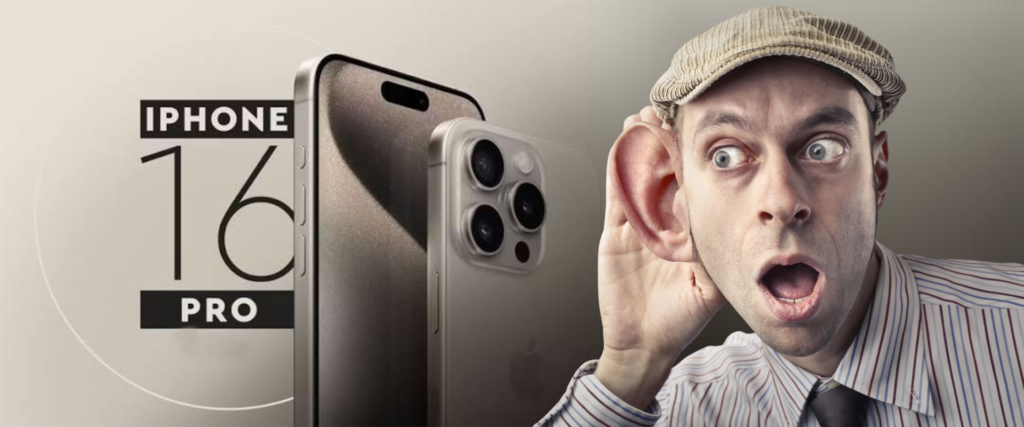
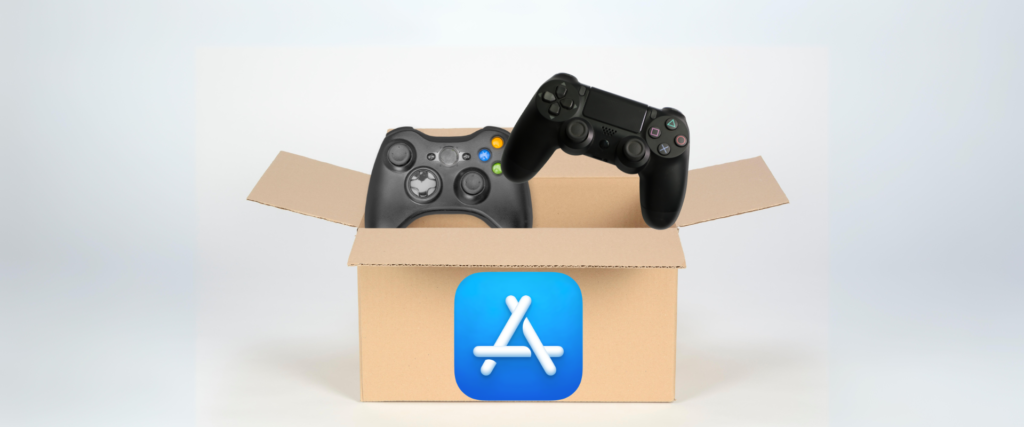
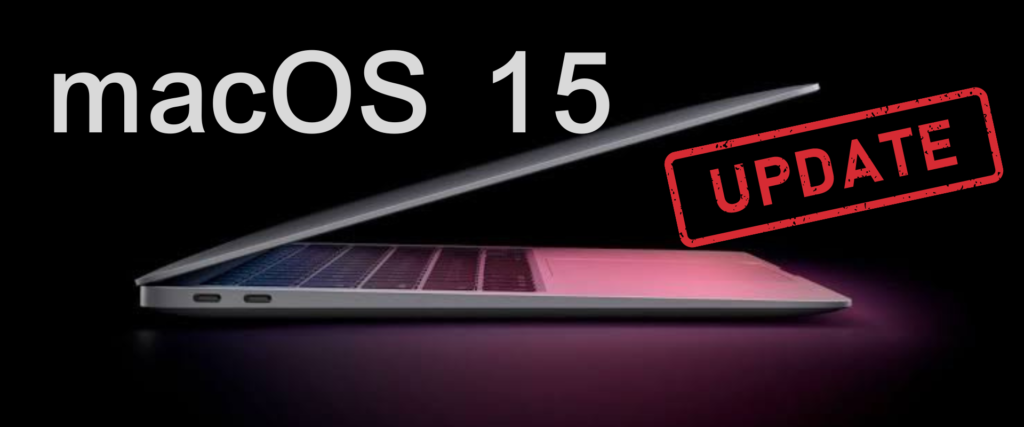
0 Comments